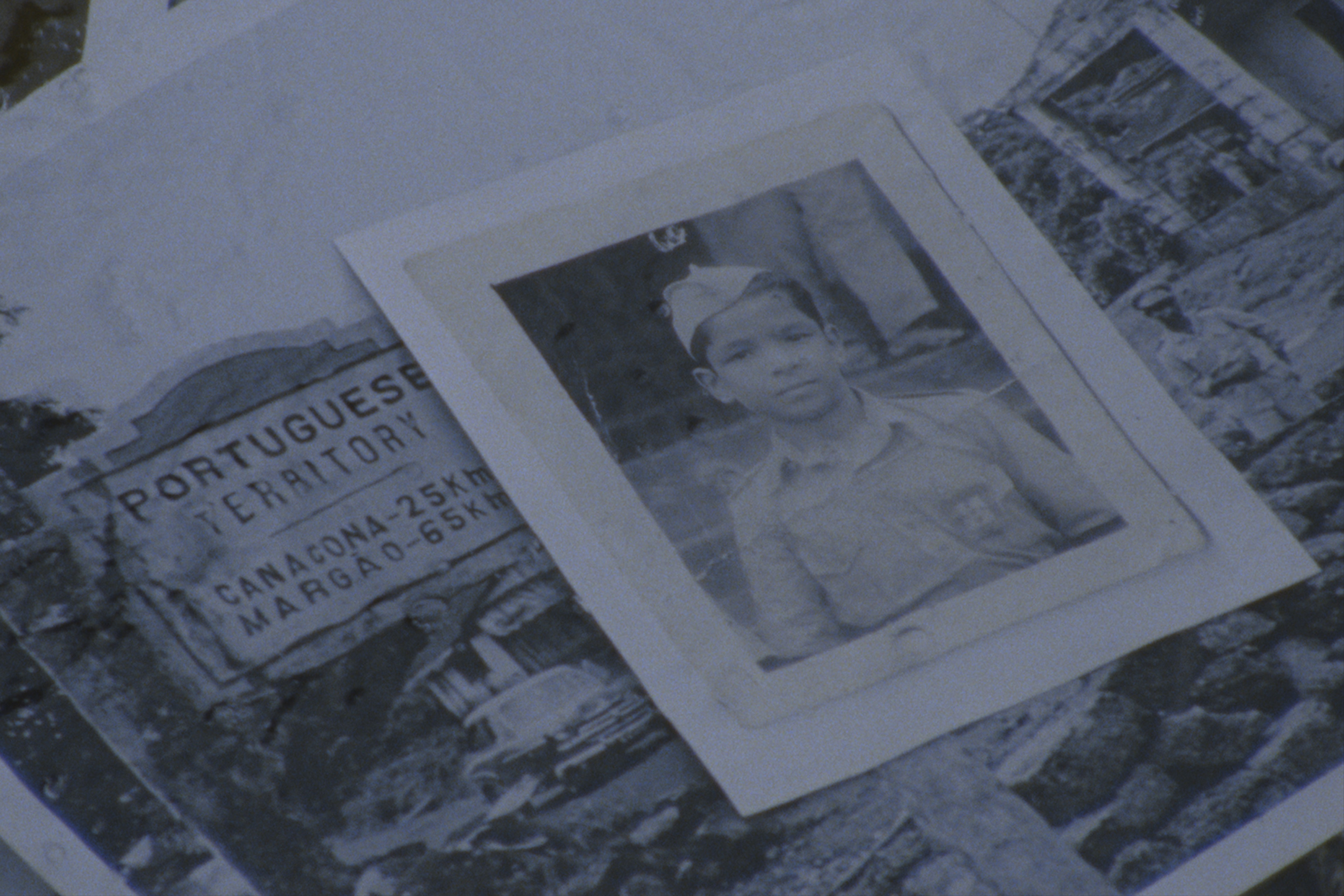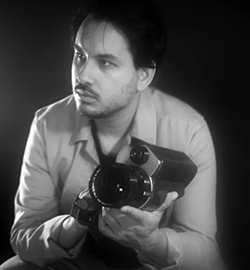The Art of Unearthing History
-
-
MIT Technology Review
Filed Under
Recommended

Filmmaker Suneil Sanzgiri SM ’17 uses diverse media and techniques to delve deeply into his cultural identity, connecting him with the colonial history of his family’s ancestral home: Goa, India.
An alumnus of the Art, Culture, and Technology (ACT) program, Sanzgiri uses a unique approach combining such things as analysis of historical texts and 3D scanning to explore geopolitics and economic inequality. He also manipulates physical materials such as 16-millimeter film to create art that reveals truths about the past.

“I’ll scratch film or cut it up or reassemble it or add things like saffron leaves and petals or tree bark. Right now, I’m burying film underground,” he says, explaining a video project for the Brooklyn Museum called Here the Earth Grows Gold. He places film in the soil to let it naturally degrade and then later, as he puts it, “unearths and resurrects the images.” The goal is to signify how nature transforms memory. Sanzgiri connects the subject of Here the Earth Grows Gold, Sita Valles, to the themes of buried truths, trauma, and colonization. “Valles was a freedom fighter in the liberation struggle against the Portuguese in Angola, and her family was from Goa,” explains Sanzgiri. “The Portuguese also colonized Goa for over 450 years,” he adds. Valles, a young doctor and mother, disappeared in the wake of a protest she helped organize—and “her remains are still nowhere to be found,” he says. In 2019, the government apologized for political violence linked to her death, but “the resurfacing of historical trauma pops up in moments that we cannot expect,” he says. “Freud talks about how trauma, when it resurfaces, it’s like it’s being unearthed.”
In another project, his visually and emotionally layered film Golden Jubilee, Sanzgiri used 3D scanning, often employed in resource extraction such as mining, to create a model of the inside of his ancestral home in Goa—an area devastated by mining activity for centuries. “I think about this technology that gets used for extraction and kind of turning it into a technology that gets used for preservation,” he says.
Drawn to ACT’s interdisciplinary and critical focus, Sanzgiri says his history and theory courses significantly shaped his outlook: “A lot of classes that I took were extremely critical of imperialism and various forms of racial capitalist hegemony.” And he urges current ACT students to make the most of MIT’s resources. “I remember talking to Noam Chomsky and being blown away that he let me into his office,” he says. “He’s very generous.”
This article also appears in the January/February issue of MIT News magazine, published by MIT Technology Review.
Top photo: The artist’s father as a child in a Portuguese uniform is shown in a photo layered on top of images of the liberation movement to overthrow the Portuguese in India, all submerged underwater. Photo courtesy of Suneil Sanzgiri SM ’17.
Inset photo: Shala Miller







